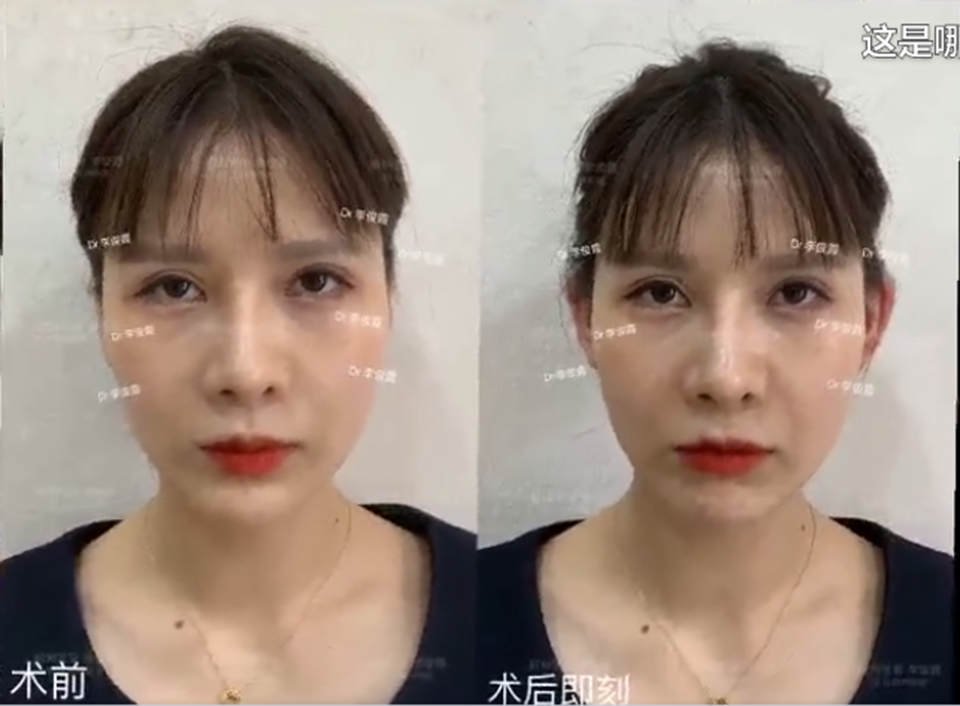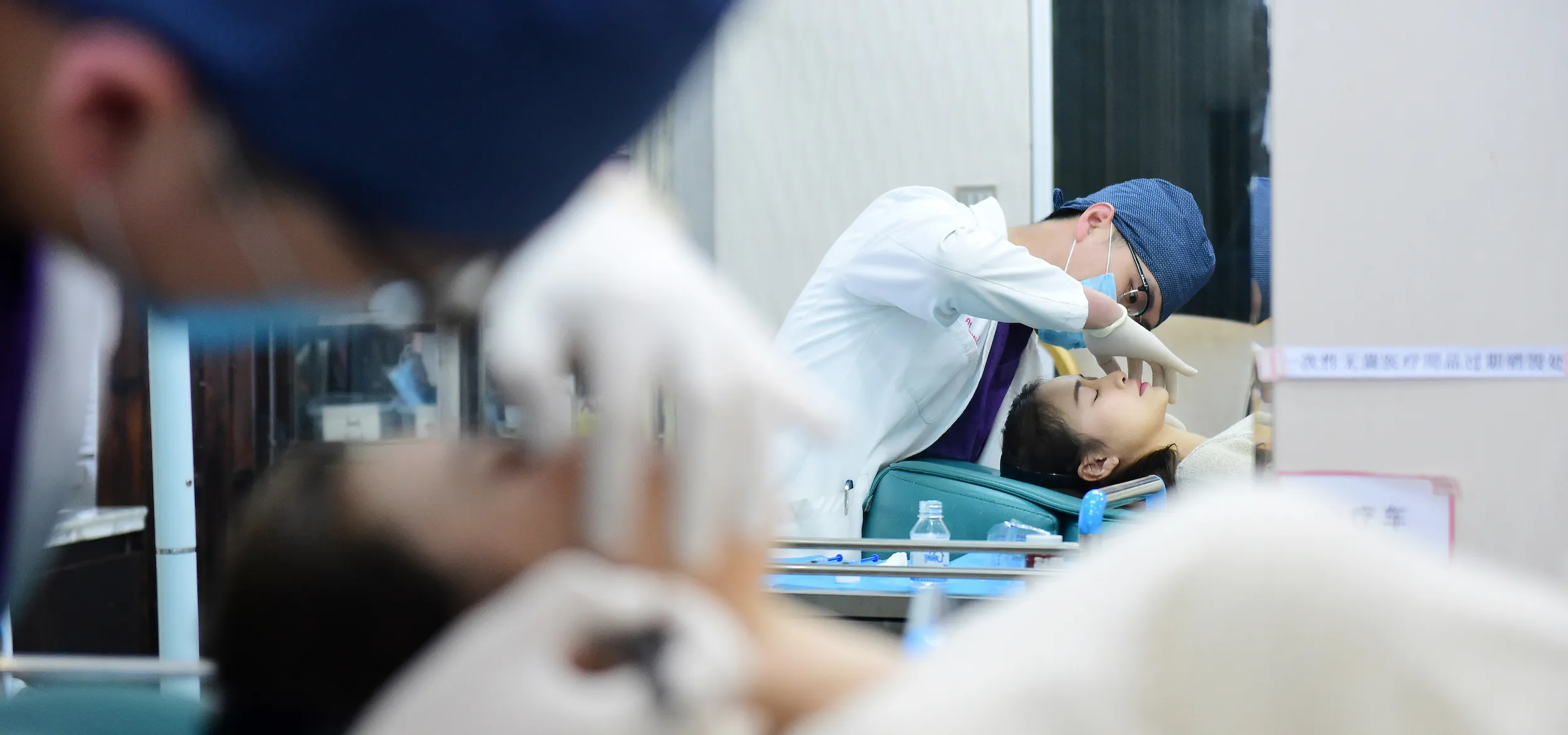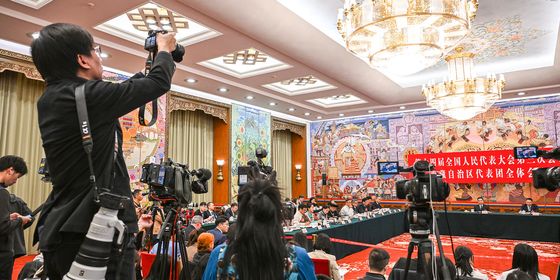China seeks to regulate cosmetic surgery as the procedures get more creative...and deadlier
“Iam so happy. Soon, I’ll be beautiful,” Xiaoran told one friend at noon on May 2, just before she underwent a five-hour cosmetic surgery procedure involving liposuction and breast implants in Hangzhou, Zhejiang province.
Two days later, the 33-year-old online celebrity, who has over 130,000 fans on microblogging platform Weibo, lay in a hospital’s intensive care unit due to infection and multiple organ failure. After two months of fighting for her life, she died on July 13.
On July 15, the Hangzhou Municipal Health Commission announced that the hospital which performed Xiaoran's procedures was responsible for her death due to its “lack of knowledge before the surgery, malpractices during the operation, and negligence in after-care,” and promised to regulate the booming cosmetic surgery industry locally. Reports on similar malpractices, accidents, and deaths nationwide have also led to calls for more official oversight on the unregulated plastic surgery sector and for greater public awareness of the risks of cosmetic procedures.
While some netizens took to social media to wonder why an already slim and good-looking online celebrity would get liposuction, others could relate to Xiaoran's anxieties about her appearance against the prevalent beauty standard of “pale, youthful, and thin.”
To pursue “beauty” to the extent of deforming one’s body and harming one’s health (or even at the cost of one’s life) is not a modern concept. For instance, from at least the Song dynasty (960 – 1279) to the foundation of the PRC, women in China had their feet bound forcefully from childhood to achieve the “three-inch lotus” shape, a beauty ideal that often led to fractured arches, broken toes, and infections.
Modern technology has spawned some even more bizarre and dangerous cosmetic procedures to satisfy people's impossible beauty standards. Here are a few recent trends in cosmetic surgery that could be outlawed soon:
Removing nerves to stop calf muscle growth
Beauty seekers who aspire for a pair of “manga legs” or “chopstick legs”—thin, long, and white gams as straight as chopsticks, like a manga character—“calf-muscle blocking surgery” has become trendy. The procedure removes some nerves on gastrocnemius muscle in order to slow its growth, leading to slimmer calves.
Compared with procedures like Botox, which require regular shots, calf surgery is lauded by online influencers as a "simple" one-time process to get rid of several “unimportant” and “rarely used” nerves with lasting effect, and allegedly no side effects. A hashtag related to the procedure attracted over 260 million views and 24,000 comments on Weibo in a couple of days in late May.
However, health experts pointed out that after these nerves are removed, people cannot walk as fast, or run or do other active sports that requires the use of calf muscles, without falling; moreover, their lower legs will probably recover to original size or even become deformed because of compensatory growth in other parts of the calf.
The procedure originated in France in 1985 as a way to treat club foot caused by spinal cord or cerebral injury. It was first performed as a cosmetic procedure in China around 2005, but is no longer offered at legitimate plastic surgery hospitals because the removed nerves cannot be recovered and the impact is irreversible, according to the Beijing News. Despite those warnings, two Beijing hospitals that the newspaper visited had received a flood of reservations for this service during the Dragon Boat Festival holiday from June 12 to 14.
Elf ears
"Elf ears," which may remind many audiences of Legolas in the Lord of the Rings franchise, became a fad around May of this year, with posts hashtagged “Elf Ear Plastic Surgery” garnering over 710 million views and 84,000 comments on Weibo. Some of these posts came from plastic surgery hospitals and influencers sharing their "success" stories with the procedure.

Screenshot from a Weibo video presenting the looks before and after the ear operation
Originally used to correct deformed ears that grew too close to the head, this service is employed to make normal ears protrude more, which allegedly makes a person's face look smaller. This is done by injecting hyaluronic acid or implants into the back of the ear, or cutting open the connective tissues behind the ears so that they point forward.
The operation is not as dangerous as most, except for the risk of infection and scars. Ironically, in the plastic surgery field, protruding ears were previously considered a deformation that many patients have tried to correct.
Skull elevation
Another way to get a “smaller” face is to add height to the calvarium, the top part of the skull, by making an incision on top of the head and implanting povidone, a synthetic polymer.
Li Xin, deputy director of Plastic Surgery Hospital (Institute) at the Chinese Academy of Medical Science, has denounced the practice as “absurd.” She told Beijing Daily that the scalp’s tensile force is so strong that no amount of implants can change the form of the head; meanwhile, there is probable risk of postoperative bleeding, and the wound may be slow to heal due to the large incision required and the abundant blood supply and movement of the head.
This seems to be what one patient suffered after such a surgery last December, according to a post shared on social media platform Douban. “The incision was infected…and became bigger and bigger. During the 40 days in the hospital, I was so depressed and anxious that I wanted to commit suicide multiple times,” the young woman wrote.
Shortened philtrum
This surgery operation shortens the philtrum, the groove between the nose and the upper lip. This is supposed to make a woman look more youthful and "sweeter."
Plastic surgeons achieve this effect by cutting out 4 to 9 millimeters of skin under the nose and then suturing it back together. The patient is normally left with an obvious scar that is difficult erase.













